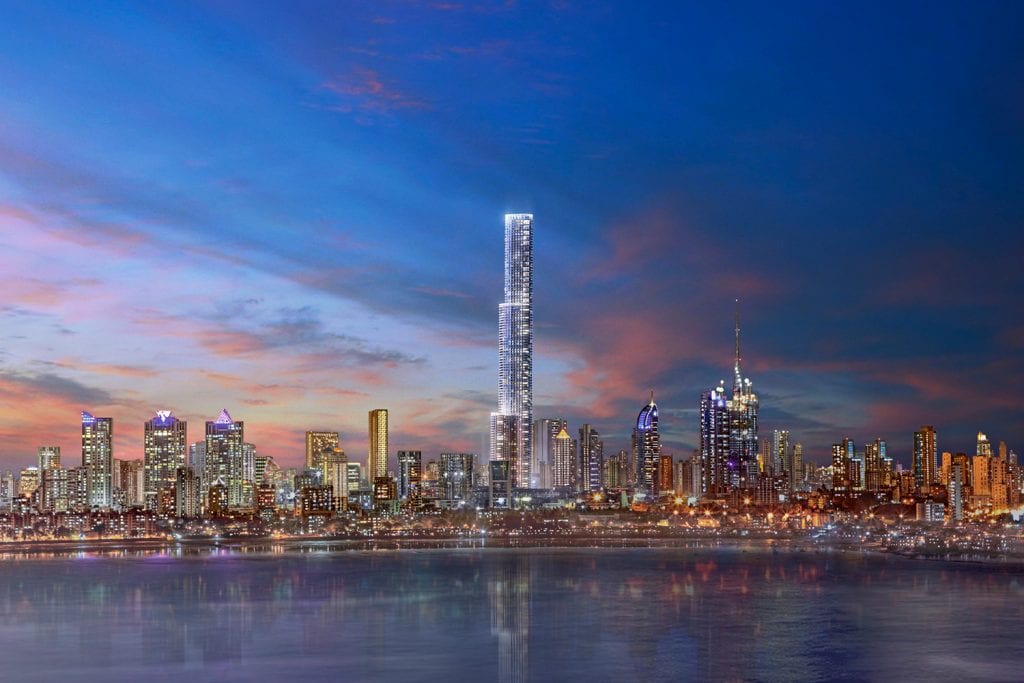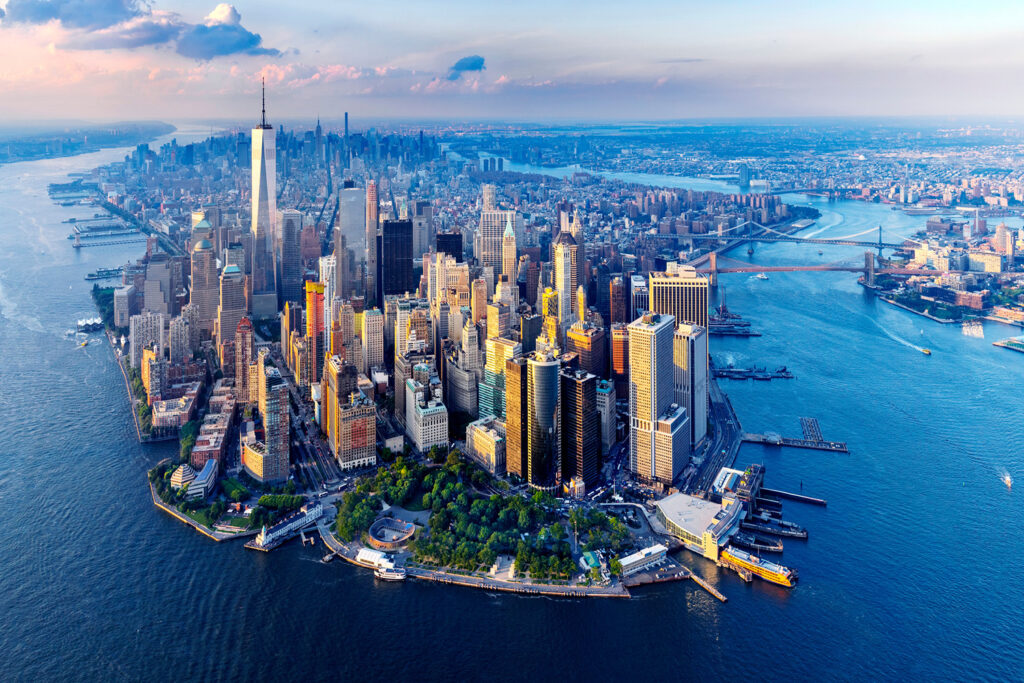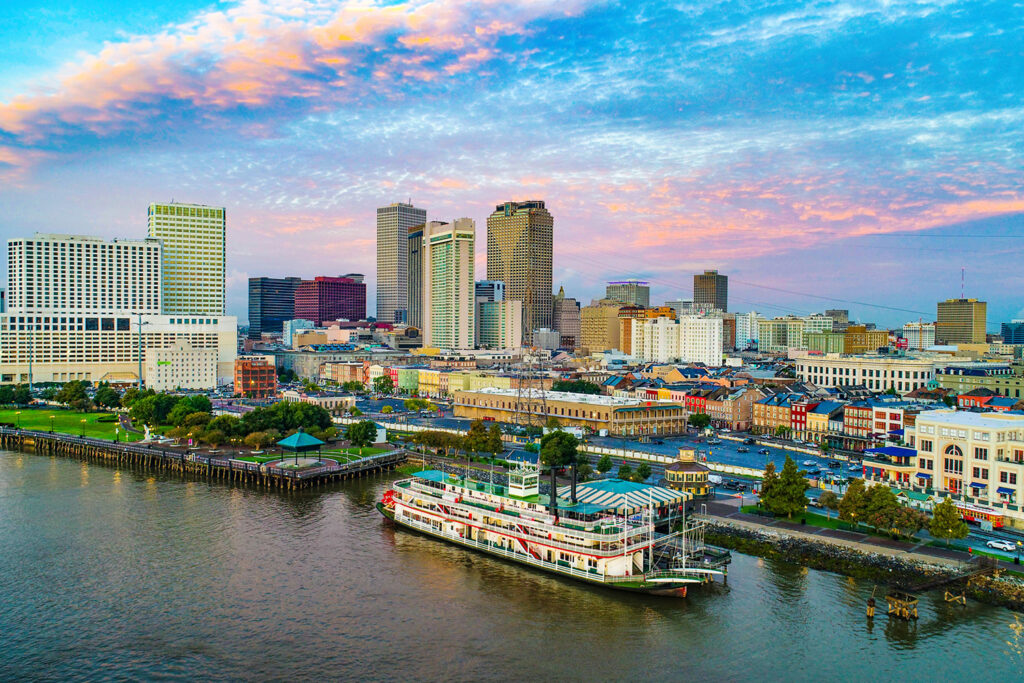Mumbai: the other city that never sleeps
Mumbai in the 2020s has a lot in common with Manhattan in the 1920s. Its residents proudly call it “the city that never sleeps”.
It has an energy and drive to build and grow rapidly. Its bustling financial heartland is also based in the southern tip of an island, meaning development is constrained by water on three sides. The effect of this geography, like in Manhattan a century ago, is to encourage developers to build upwards.
Over the past decade India’s flourishing financial capital has risen up with tower after tower standing shoulder-to-shoulder across its southern and central districts. But unlike New York in the last century, the sting has been taken out of the competition to be the tallest by the city authorities setting a 250m cap on the height of new buildings. In the absence of being able to compete for the loftiest heights, the developers of Mumbai have taken prestige as their benchmark, with increasingly lavish mixed-use developments that provide India’s rising middle and professional class plush landmarks in which they can live, work and play.

Mumbai is the eighth most populous city in the world, with more than 20 million residents. This mega-city is undergoing a constant evolution, driven by its role as India’s financial capital, and as the home to more millionaires and billionaires than any other city in the sub-continent.
Buro Happold has had a presence in the market for more than a decade, working on landmark projects such as The World Towers, Lodha Clariant and Sesen.
Amit Deshmukh, Buro Happold partner and group director for our building services engineering team in India, says: “This city never sleeps. The people are very hard working, very agile and very accommodating. They like to take on challenges.
“When we started in 2010, Mumbai was in desperate need of more tall towers because the geography left very limited scope for horizontal expansion. However, over a period, developers realised that making towers too tall may not be commercially viable. Also, the city authorities have currently set a 250m height limit. But that hasn’t slowed down development generally.”
Amit Deshmukh, Buro Happold partner and group director
Reaching higher
Abhijeet Kulkarni, Buro Happold partner and country director for our structural engineering team in India, agrees that the city’s drive for development is tangible.
“The people of Mumbai never give up, and that gets built into the culture. There’s a fair bit of positivity in the city,” he says. “Since 2010, Buro Happold has been instrumental in realising a sizeable number of tall buildings, particularly in the southern part of Mumbai, working with a range of high-end developers to provide both structural and building services engineering consultancy.”
While tall buildings remain the main focus for development in the city, Abhijeet says he can see potential in the medium term for a growth in both the aviation sector and the further development of railway infrastructure – with no fewer than 23 new metro lines currently under construction in Mumbai alone.
“The other sector I foresee growing in the coming years is healthcare – hospitals, resting and regenerating centres are undergoing an evolution in the country,” Abhijeet explains.
Amit agrees that infrastructure development still has a lot of scope in India. “You need that as your bread and butter in place first,” he says.
“The rise of other typologies – cultural projects, stadia, theatres or exhibition centres for example – may be six or seven years away. Commercial buildings, retail, aviation and rail are the city’s basic immediate needs and they represent the opportunities for us as a business in the region for the coming years.”
Amit Deshmukh, Buro Happold partner and group director

Internal growth
Abhijeet says the city is not nervous about a global financial downturn, but will continue its development regardless.
“Because the country is so huge and the demands are so localised, a global downturn, while it may have some effect, it won’t be too impactful,” he says. “The global economy is not the only flow of money coming into the city. Most of the developments we see in Mumbai, around 60-70%, are still funded by local investors and institutions. Demand might settle down a bit, particularly as India represents large numbers in terms of the IT sector, but at the end of the day, people will still want to buy their own apartments, and those that can afford it will want to buy in the city. But I wouldn’t see India as impacted by global downturns as a developed country would be because India still has a lot of things to grow and do internally.”
Where foreign direct investment is positively shaping the city, is in a growing focus on improving the green credentials of new developments.
Amit explains: “Where foreign investors are involved, they are increasingly putting tremendous pressure on the importance of green finance. So only those creating sustainable and green developments will have access to those funds. There are also a lot of government incentives coming up to encourage cleaner construction. The first thousand listed companies need to publish their sustainability agendas. That means there is a growing focus on climate action plans and net zero frameworks.”
The development of greener and more efficient modes of commuting will also be critical in tackling the localised pollution in the city and improving the experience of commuters.
“If you go by road, it can take almost two hours to travel from one end of Mumbai to the other currently because of the traffic,” Amit says. “Metro will definitely improve the situation. But as in Manhattan or Shanghai, it will encourage people to live in high density communities around commuter lines.”
Social inequality remains a bigger challenge. Mumbai is still a tale of two cities in many respects – and achieving improved equity across society remains a distant dream.
“The city accommodates and provides opportunities to all. You’ll simultaneously see billionaires, common people going through their daily chores and people begging at traffic signals,” Abhijeet says. “Tackling social inequality is a major challenge to the policy makers.”










